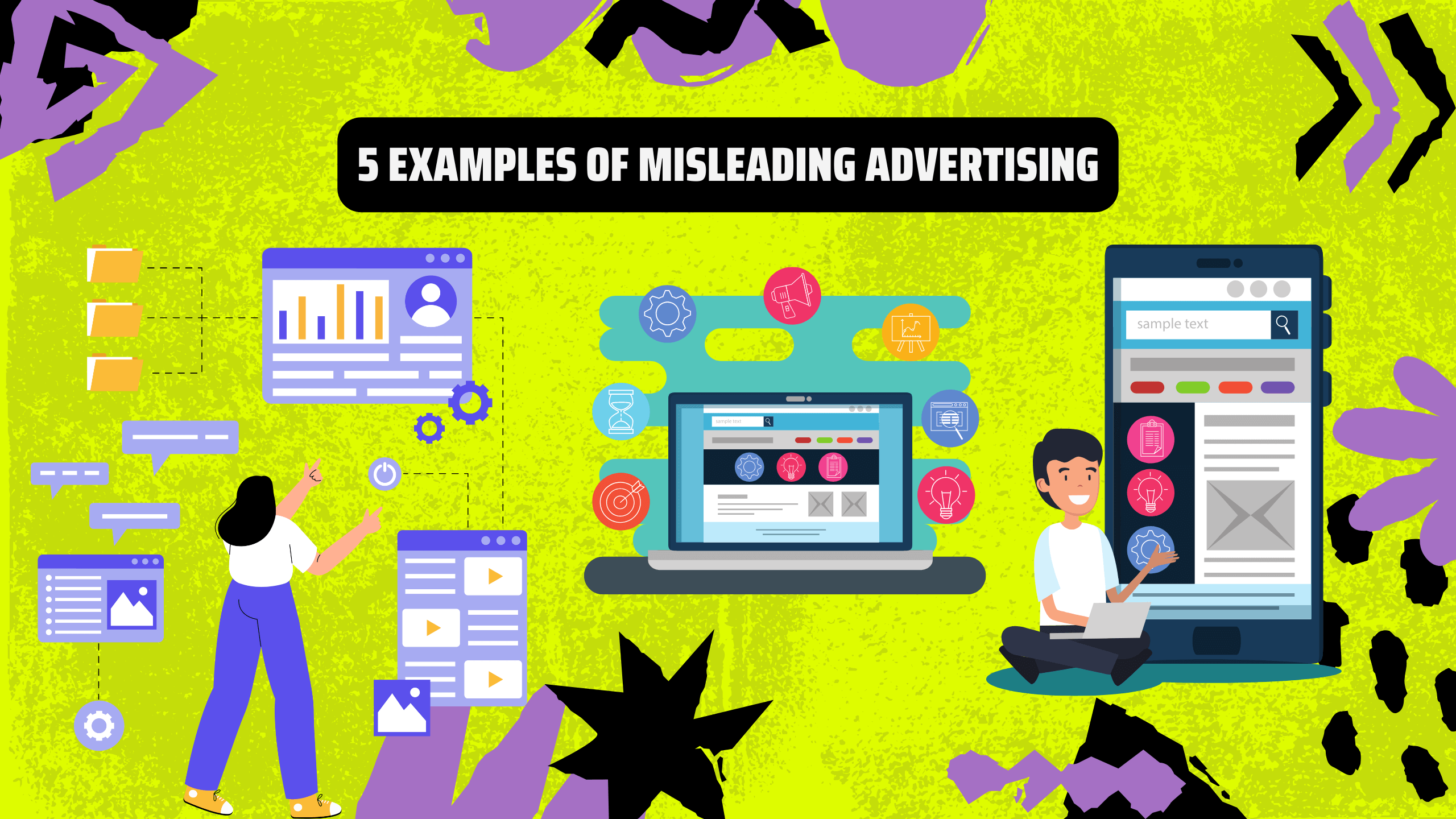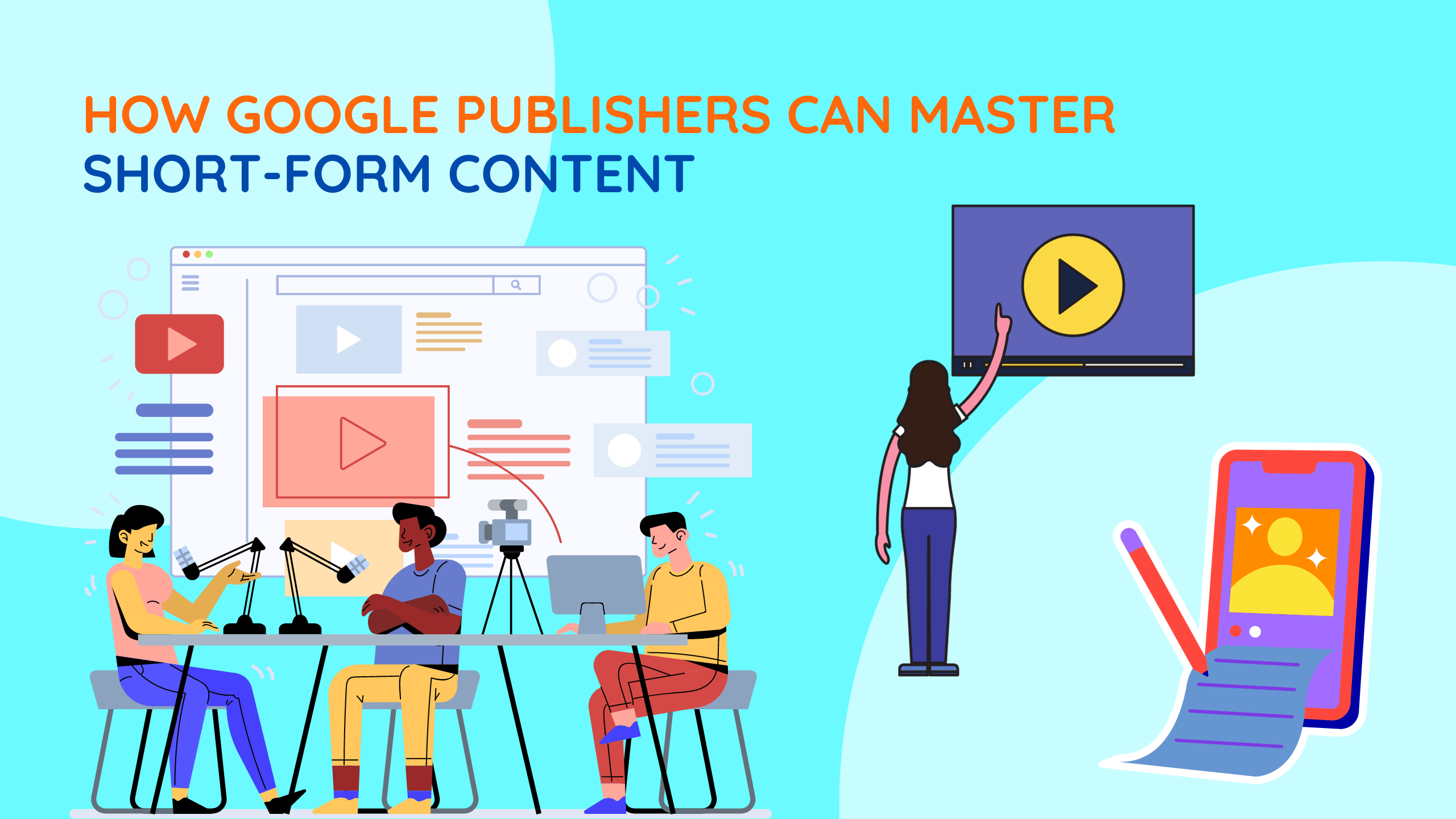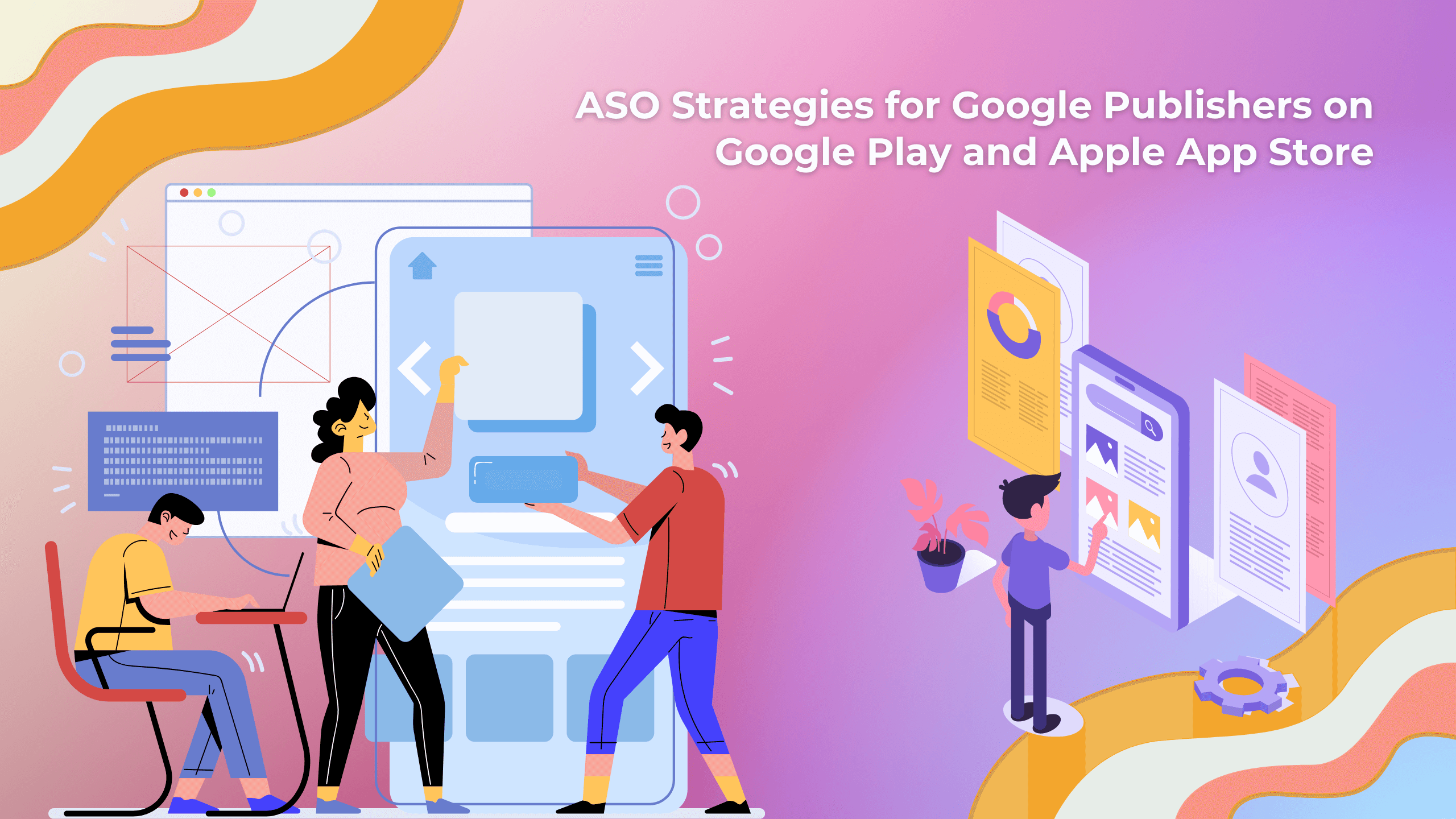1. What is Ad Viewability?

2. Measure impressions with viewability
3. Why is Viewability Important?
Advertisers and brand marketers want to make sure their ads are viewable as ads with high viewability generate a better return on investment for their campaigns. So, they are also willing to pay a lot more to win quality ad placements. Viewability directly affects the value and quality of the publisher’s ad inventory.

4. How to improve viewability?
– Page length and quality of your content: according to Google, factors having the most significant influence on your ad viewability rates are the ad size: the shorter content, the higher viewability rates it has. Also, do not forget to focus on creating attractive content that is engaging enough visitors.

– Load speed: Slow-loading web pages and mobile sites lead to poor user experience and high bounce rates. Publishers can make several technical adjustments for speed optimization, including enabling file compression, reducing redirects, and optimizing images to improve server response time. This will ultimately lead to increased total impressions.

– Ad refresh: Ad refresh allows reloading ads if they are in view for some time. This will guarantee that the new ad will be visible immediately after rendering it. Also, this will increase your ad placement’s viewability score in your ad server and get more ad impressions, thus increasing ad revenue. Google recommended that publishers have ads persist for 60 seconds or longer, depending on the functionality of their apps.

Please do not hesitate to contact us for more information about advertising with Google products via email: [email protected]
Lexy










